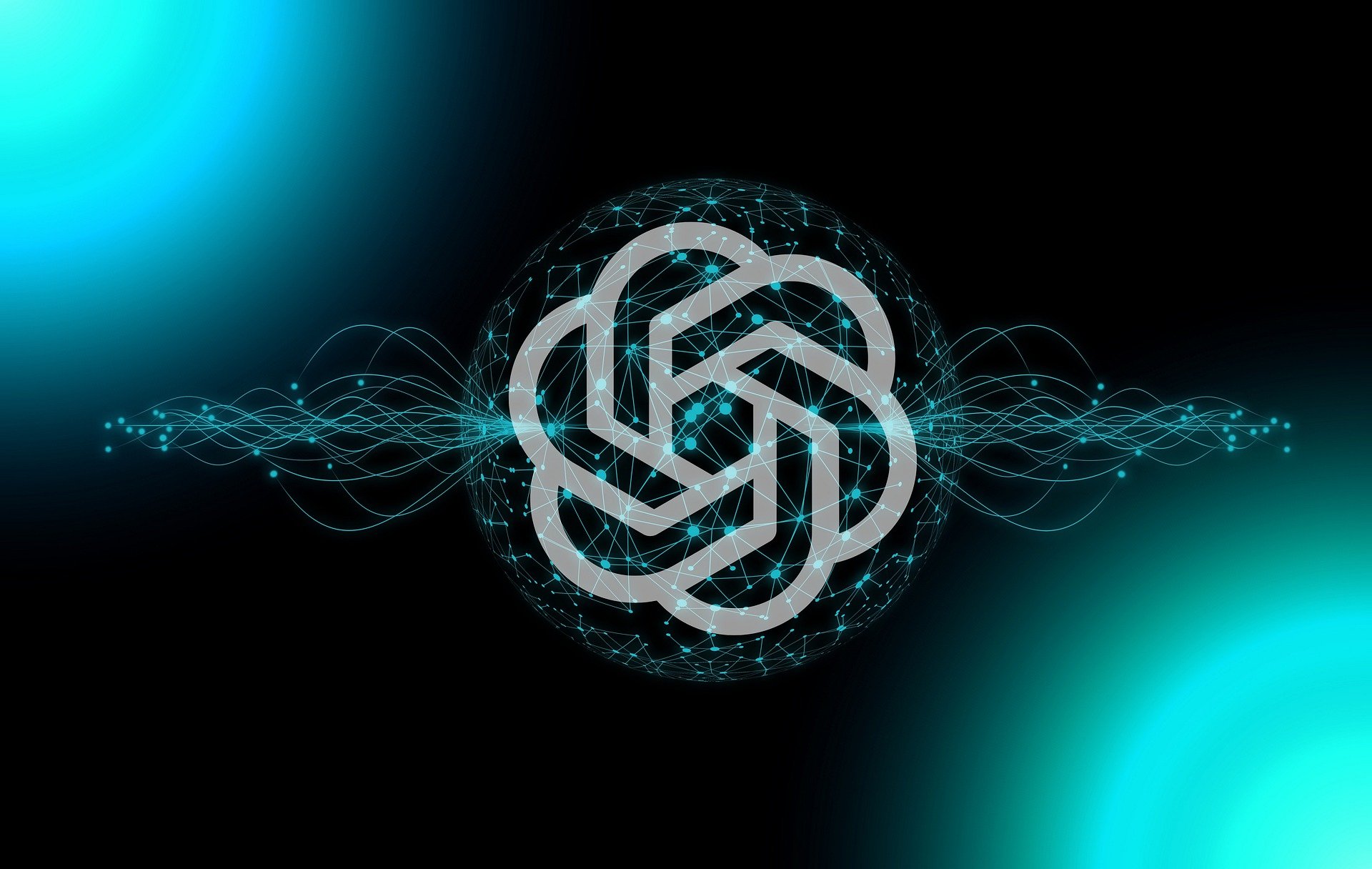Before You Launch: Is Your LLM Application Truly Production-Ready?

Large language models (LLMs) are rapidly becoming the foundation of modern NLP applications — powering everything from chatbots to personalized recommendations. But with great power comes greater complexity.
Integrating LLMs into real-world products introduces new risks: privacy violations, prompt injection attacks, hallucinations, and uncontrolled costs. These aren’t just technical quirks — they’re business-critical issues that can damage user trust, break regulatory compliance, or spiral expenses out of control.
So, the question is no longer “Can we use an LLM?” but rather, “Are we ready to deploy one to the public — safely, responsibly, and at scale?”
In this post, we’ll explore the key risks that come with production LLM usage and why monitoring is the essential tool for ensuring your LLM application is truly public-ready.

